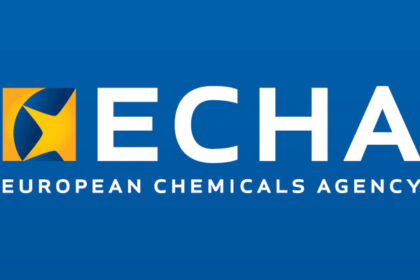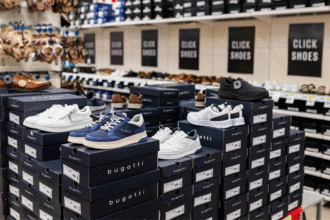The recent announcement of H&M‘s decision to replace ”significant volumes” of virgin Viscose with Circulose was the last in a series of big name announcements of brands backing next gen material innovators, including lululemon x Samsara Eco and Gap x Syre.
I’ve written extensively about off-take agreements and what they can and cannot achieve and alternative modelsof material x brand collaborations. It’s good to see that some of the recent agreements seem to have evolved from the dysfunctional past approaches (mostly virtue signaling). The recent wave of announcements deserves a closer look at the financial balancing act brands are doing when making commitments to costlier materials.
There seems to be a common believe among businesses on the raw material side of the industry that upgrading to costlier materials l shouldn’t be a problem for brands since ”anyway raw materials account for just a few % of the retail price”. The reality is quite different. Especially for brands operating at the lower end of the retail price spectrum. Let’s dig into H&M‘s FY 2024 results to prove this (numbers converted to EUR and rounded).
Last year, H&M sold EUR 21bn worth of goods. They spent EUR 10bn on sourcing them, and another EUR 10bn on selling them (yes, selling goods is about as expensive as buying goods), leaving them with a profit of about EUR 1bn. This may sound like a lot, but it’s not. A profit margin of 5% means that from a sale of EUR 100, EUR 95 are paid to suppliers, employees, landlords, tax authorities and others. Just EUR 5 remain – profit that’s needed not just for distribution to shareholders, but to build resilience for the entire business model.
If H&M doesn’t hit the trend and average retail prices go down by just 5%, profit is wiped out. If their sourcing costs go up by 10% and they can’t pass it on to end customers, their entire profit is wiped out too. Retailers like H&M are in a constant financial balancing act. One wrong step and they have a hard landing. Any additional spending, whether for campaigns, new stores, or different materials can therefore be only justified if it protects or increase the bottom line. Some readers might argue here that there are higher motives than just financial motives and I don’t argue with that. But your bottom line still needs to be solid enough to support these.
Decision makers who voluntarily spend more on sourcing must have an answer to a simple question: does this decision protect and/or increase our bottom line? Whether it’s for lower footprint materials or for better labor conditions in their supply chain. In the case of H&M, the implicit raw material costs of the 524,739 tons of raw materials going into their products is around EUR 1bn a year, a broad estimate. Coincidentally this equals their entire profit of around EUR 1bn. In a situation where their stock is taking a beating (H&M stock is at the same level as 5 years ago while Inditex’ is up 86%), revenue growth is behind (18% in the last 3 years vs Inditex’ 40%), many businesses go “back to basics” and optimise short term margins, and consumers notoriously underdeliver on their promises to pay more for sustainability, it’s a bold step to decide to spend more. A long-term investment with uncertain payoff.
Arguably, the announcement to convert ”significant volumes” of their MMCF consumption to Circulose only impacts a relatively small part of their material base, but it doesn’t make the move less bold. Decisions like these, from H&M, Lululemon, GAP and others signal that despite financial constraints (or expectations), these companies are ready to pay more in exchange for a future benefit.
How will this benefit unfold? Better access to the material in a constrained market? Better differentiation in a market where consumers care for environmental impact? Learnings to tighten the grip on raw materials for businesses that traditionally don’t deal far beyond their tier 1 or 2 suppliers?
It will take a while until we see if, when and to what extent these announcements turn into orders. Everyone who has been involved in such deals knows that signing them isn’t where the work ends, it’s where the work begins. These moves go against prevailing cost pressures and short-term logic. It’s easy to follow the market. It’s harder to lead when the financial case isn’t obvious. Whether they succeed or not, they show that some decision makers are willing to place calculated bets on a different kind of future – and that’s worth paying attention to.











